How To Conduct A/B Testing for Video Content

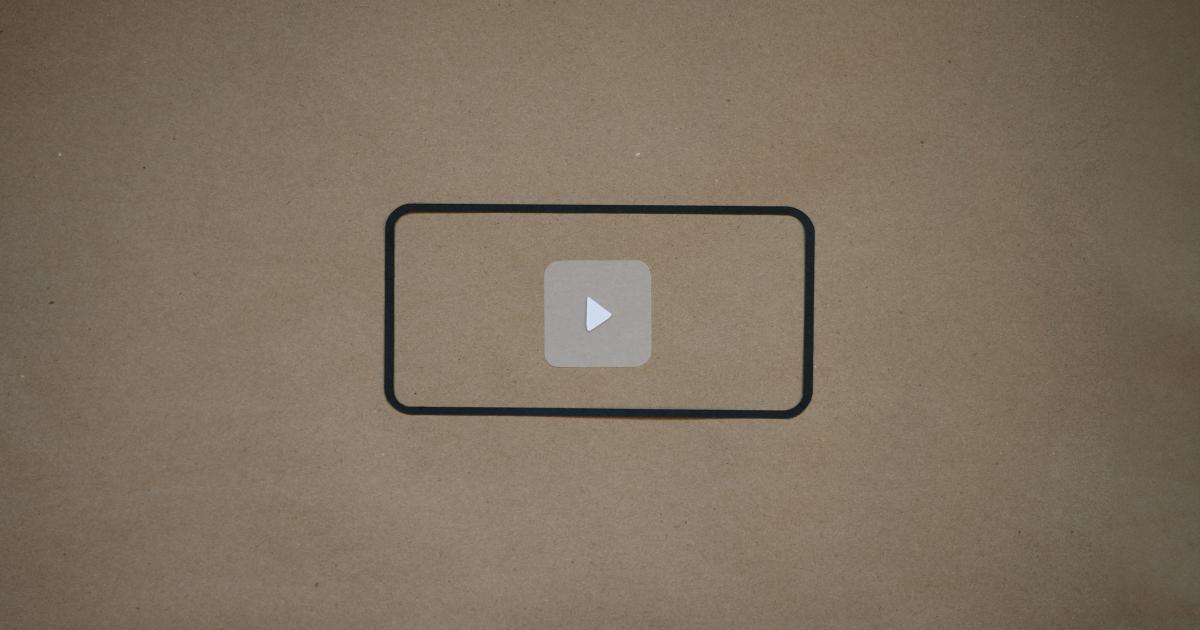
A/B testing, a fundamental technique in the world of digital marketing, has become increasingly crucial for optimizing video content. As video continues to dominate the online landscape, understanding how to effectively test and refine your video content is essential for driving engagement, conversions, and overall success.
In this comprehensive guide, we'll explore the step-by-step process of conducting A/B testing for your video content, covering everything from identifying the right metrics to analyze, to implementing data-driven strategies that will help you maximize the impact of your video campaigns.
Understanding A/B Testing for Video Content
At its core, A/B testing involves creating two or more variations of a piece of content and comparing their performance to determine the most effective version. In the context of video, this approach allows you to test different elements of your videos, such as:
- Thumbnail design: The image that serves as the first impression of your video can have a significant impact on viewer engagement.
- Video titles: The title of your video can influence click-through rates and set the tone for the content.
- Video length: Experimenting with different video lengths can help you find the sweet spot that keeps viewers engaged.
- Calls-to-action (CTAs): Testing various CTA placements, wording, and designs can drive higher conversions.
- Storytelling and messaging: Experimenting with different narrative approaches or key messages can reveal which resonates best with your audience.
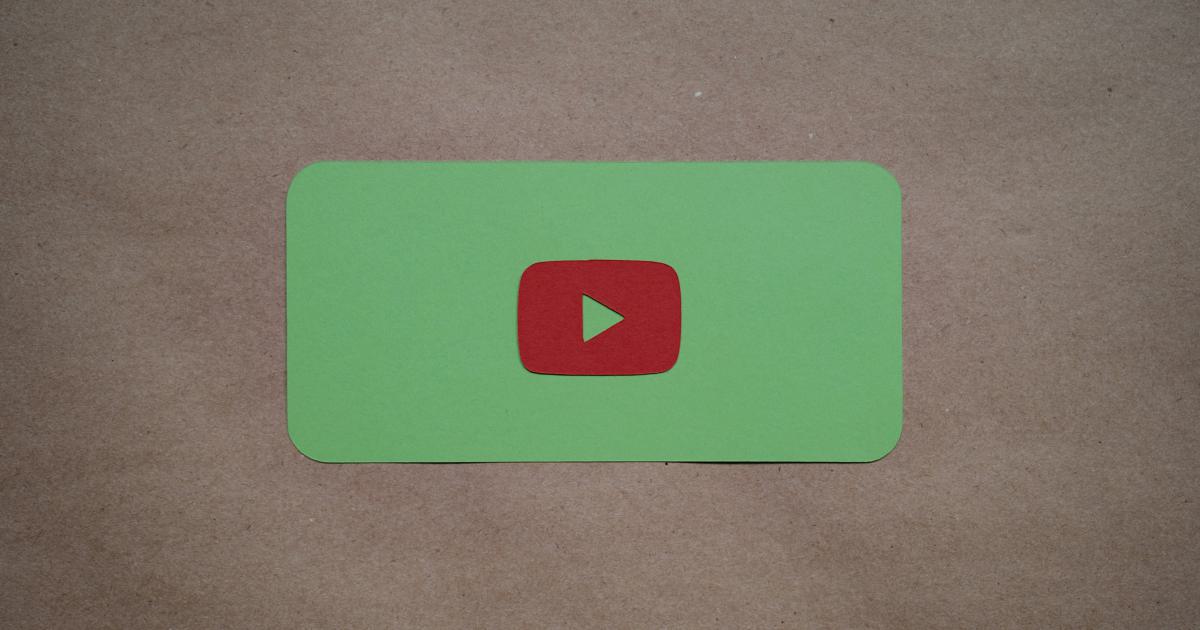
By systematically testing these elements, you can gain valuable insights into your audience's preferences and behaviors, ultimately allowing you to optimize your video content for maximum impact.
The Benefits of A/B Testing for Video Content
Conducting A/B tests for your video content can provide numerous benefits, including:
Improved Engagement: By identifying the elements that captivate your audience, you can create more engaging videos that keep viewers interested and encourage them to take desired actions.
Increased Conversions: A/B testing can help you pinpoint the video variations that are most effective at driving conversions, whether that's leads, sales, or other desired outcomes.
Reduced Waste: Rather than relying on guesswork or assumptions, A/B testing allows you to make data-driven decisions, minimizing the risk of investing resources into underperforming video content.
Audience Insights: The insights gained from A/B testing can deepen your understanding of your target audience, enabling you to create more personalized and relevant video content.
Continuous Optimization: A/B testing is an iterative process, allowing you to continuously refine and improve your video content over time, ensuring that it remains effective and engaging.
Identifying the Right Metrics for A/B Testing
Selecting the appropriate metrics to track and analyze is crucial for effectively conducting A/B tests for your video content. The specific metrics you choose will depend on your overall video marketing goals and the key performance indicators (KPIs) you're aiming to improve.
Here are some of the most common and important metrics to consider:
Engagement Metrics
- Video Views: The total number of times your video has been played.
- Average Watch Time: The average duration that viewers spend watching your video.
- Completion Rate: The percentage of viewers who watch your video from start to finish.
- Click-Through Rate (CTR): The ratio of viewers who click on your video to the total number of impressions.

Conversion Metrics
- Conversion Rate: The percentage of viewers who take a desired action, such as making a purchase or filling out a lead form, after watching your video.
- Cost per Conversion: The average cost to acquire a new customer or lead through your video content.
- Return on Investment (ROI): The overall financial return generated by your video marketing efforts.
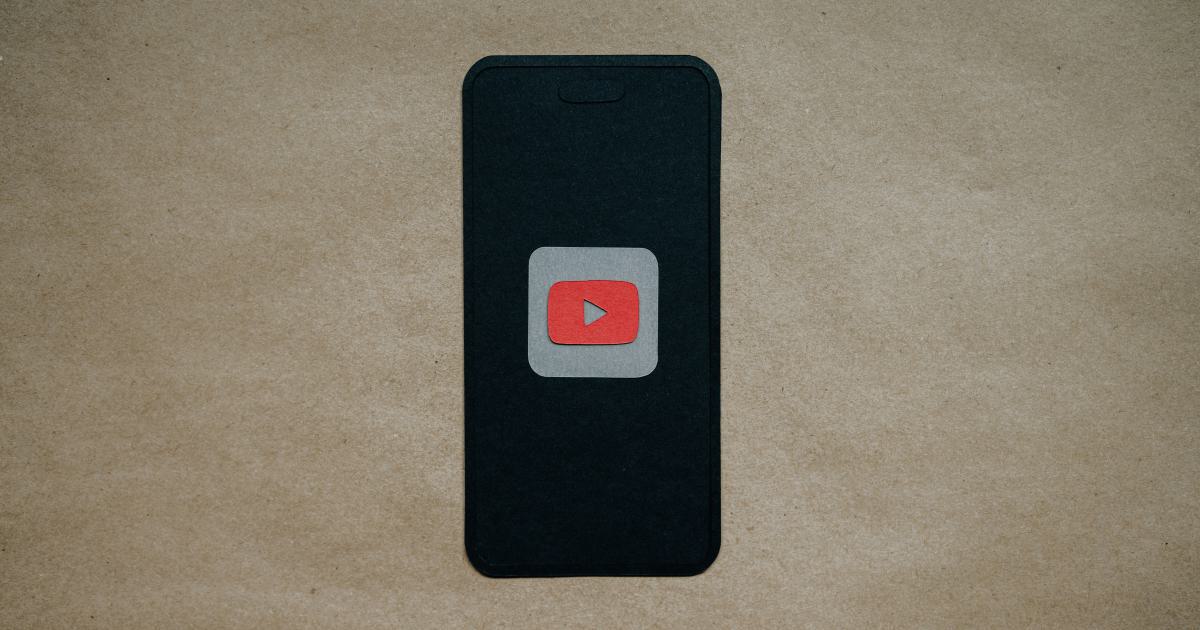
Audience Metrics
- Unique Viewers: The number of individual viewers who have watched your video.
- Demographic Data: Information about your viewers, such as age, gender, location, and interests.
- Audience Retention: How long viewers remain engaged with your video content.

By carefully selecting the metrics that align with your video marketing goals, you can design A/B tests that provide actionable insights and guide your content optimization efforts.
Establishing a Systematic A/B Testing Approach
Conducting effective A/B testing for your video content requires a structured approach. Here's a step-by-step guide to help you get started:
1. Define Your Video Marketing Goals
Begin by clearly defining your video marketing objectives. Are you aiming to increase brand awareness, drive more leads, or boost sales? Establishing these goals will help you determine the most relevant metrics to track and the elements to test.
2. Identify the Elements to Test
Based on your video marketing goals, decide which aspects of your video content you want to test. This could include the thumbnail design, video title, length, CTA placement, or the overall storytelling and messaging.

3. Create Your Test Variations
Develop two or more variations of the element you plan to test. For example, if you're testing thumbnail designs, create several alternative thumbnail options that differ in color, imagery, or text.
4. Establish a Testing Methodology
Determine the parameters of your A/B test, such as the duration, sample size, and statistical significance thresholds. This will ensure that your results are reliable and actionable.
5. Implement the Test
Deploy your test variations and monitor the performance of each one using the metrics you've identified. Be sure to track the results over a sufficient period to account for factors like seasonality or audience behavior changes.
6. Analyze the Results
Once you've gathered enough data, analyze the performance of your test variations. Identify the clear winner and understand the reasons behind its success.
7. Implement the Winning Variation
Implement the winning variation of your video content and continue to monitor its performance. Regularly conduct new A/B tests to further optimize and refine your video marketing efforts.

By following this systematic approach, you can ensure that your A/B testing efforts are well-planned, data-driven, and capable of yielding meaningful insights to improve your video content.
Best Practices for Effective A/B Testing
To maximize the impact of your A/B testing efforts for video content, consider the following best practices:
1. Establish a Clear Hypothesis
Before conducting any A/B tests, clearly define the hypothesis you're aiming to validate. This will help you stay focused on the specific objectives you're trying to achieve and ensure that your test design is aligned with your goals.
2. Maintain Statistical Significance
Ensure that your test sample sizes are large enough to achieve statistical significance. This will help you draw reliable conclusions and avoid making decisions based on potentially skewed or inconclusive data.
3. Isolate Variables
When designing your A/B tests, make sure to isolate the variables you're testing. Changing multiple elements at once can make it difficult to determine the specific factors responsible for any performance differences.
4. Implement Randomization
Randomly assign your test variations to different viewer segments to avoid any potential biases or confounding factors that could influence the results.
5. Monitor and Iterate
Continuously monitor the performance of your video content and conduct new A/B tests to refine and optimize your strategies over time. The digital landscape is constantly evolving, so your video content should adapt accordingly.

By following these best practices, you can ensure that your A/B testing efforts for video content are well-designed, data-driven, and capable of delivering meaningful insights to drive your video marketing success.
Applying A/B Testing Insights to Video Content Optimization
Once you've gathered the results from your A/B tests, it's time to put those insights into action and optimize your video content. Here are some strategies to consider:
1. Refine Thumbnail Designs
If your A/B test reveals that a particular thumbnail design outperforms others, incorporate those winning elements into your future video thumbnails. This could include specific colors, imagery, or text that capture your audience's attention.
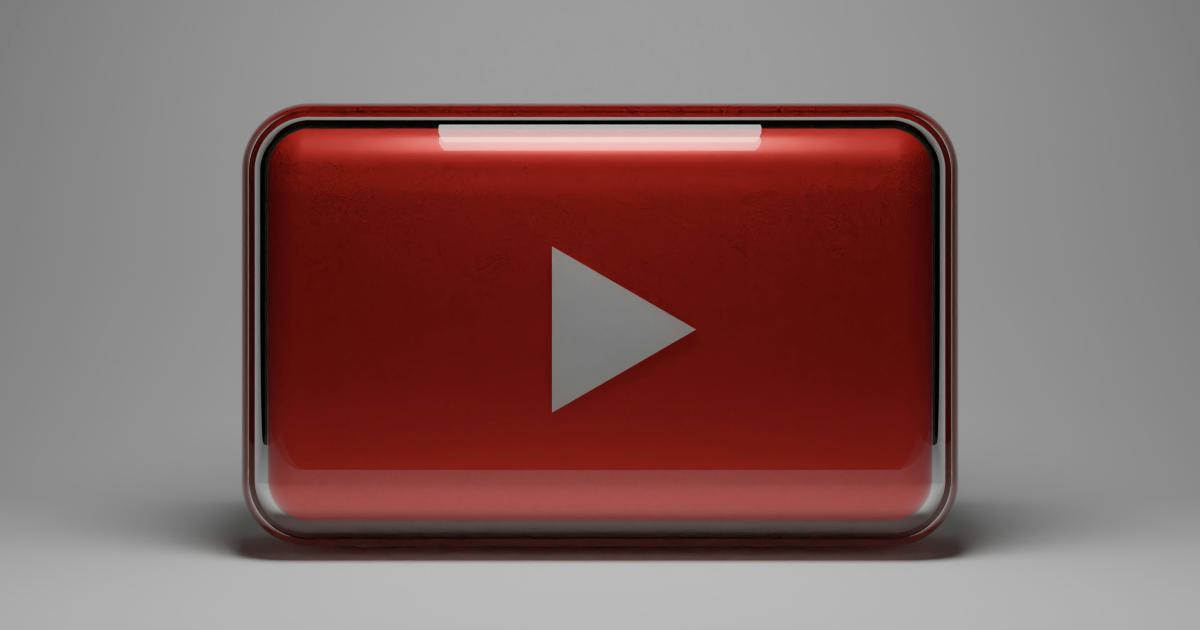
2. Optimize Video Titles and Descriptions
Leverage the insights from your A/B tests to craft more compelling video titles and descriptions. Focus on the wording, tone, and key information that resonates best with your target audience.
3. Adjust Video Length and Pacing
Use the data gathered from your A/B tests to determine the ideal video length and pacing that keeps viewers engaged throughout the entire video. This may involve experimenting with different video formats, such as short-form or long-form content.
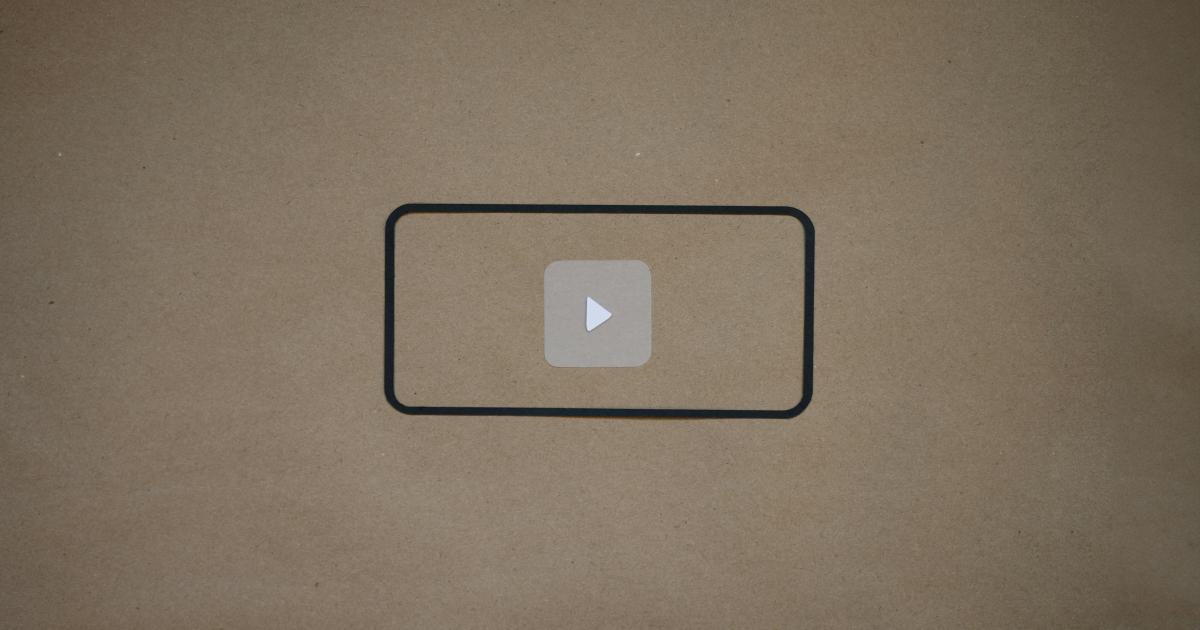
4. Enhance Call-to-Action (CTA) Strategies
Analyze the performance of your CTA placements, wording, and design elements to optimize their effectiveness in driving conversions. This may involve testing different CTA button sizes, colors, or positioning within the video.
5. Refine Storytelling and Messaging
If your A/B tests reveal insights about the storytelling or messaging that resonates best with your audience, incorporate those elements into your future video content. This could involve adjusting the tone, focus, or overall narrative approach.
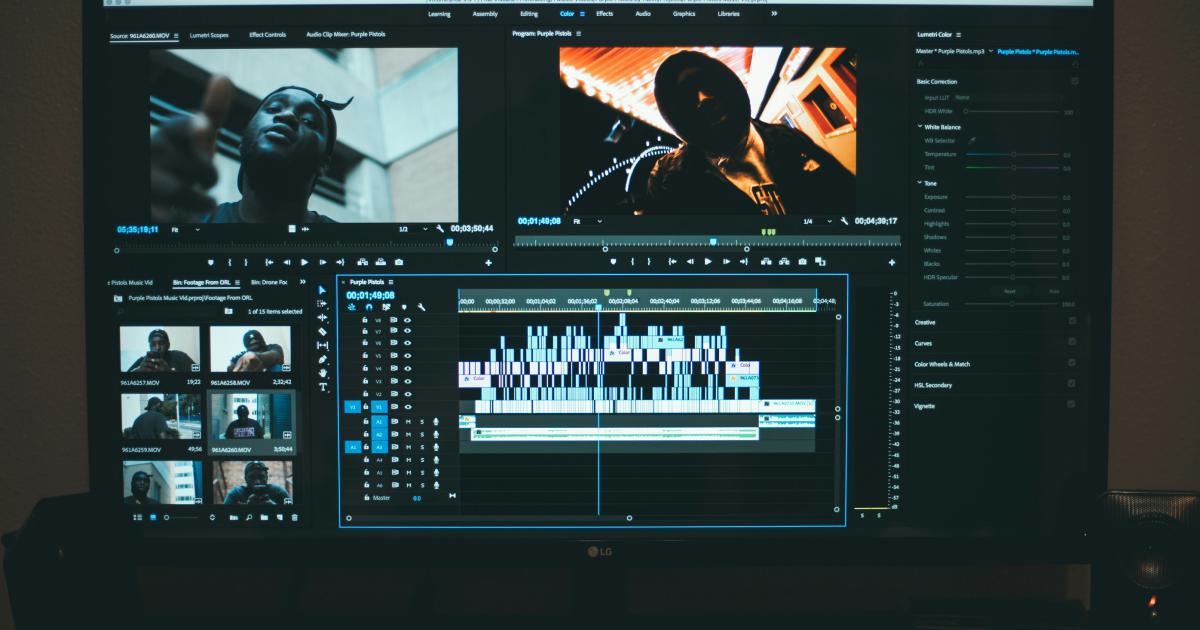
By applying the insights gained from your A/B testing efforts, you can continually enhance the performance of your video content, driving higher engagement, conversions, and overall marketing success.
Case Studies and Real-World Examples
To illustrate the power of A/B testing for video content, let's explore a few real-world examples:
Example 1: Improving Video Thumbnail Performance
A software company wanted to optimize the performance of their video content on social media. They conducted an A/B test, comparing two different thumbnail designs for their latest product video.
Test Variation 1: A thumbnail featuring the product image and the company logo. Test Variation 2: A thumbnail showcasing a person using the product, along with the video title.
The results showed that the second variation, featuring the person using the product, had a 27% higher click-through rate compared to the first variation. The company then implemented the winning thumbnail design across their future video content, leading to a significant increase in viewer engagement and conversions.

Example 2: Optimizing Video Length for Increased Conversions
An e-commerce brand wanted to improve the conversion rate of their product demonstration videos. They conducted an A/B test, comparing two versions of the same video: one that was 2 minutes long and another that was 5 minutes long.
The results revealed that the 5-minute video had a 19% higher conversion rate, as viewers were more engaged and better informed about the product's features and benefits. The company then adjusted their video content strategy, focusing on creating longer, more informative product videos, which led to a measurable increase in sales and revenue.
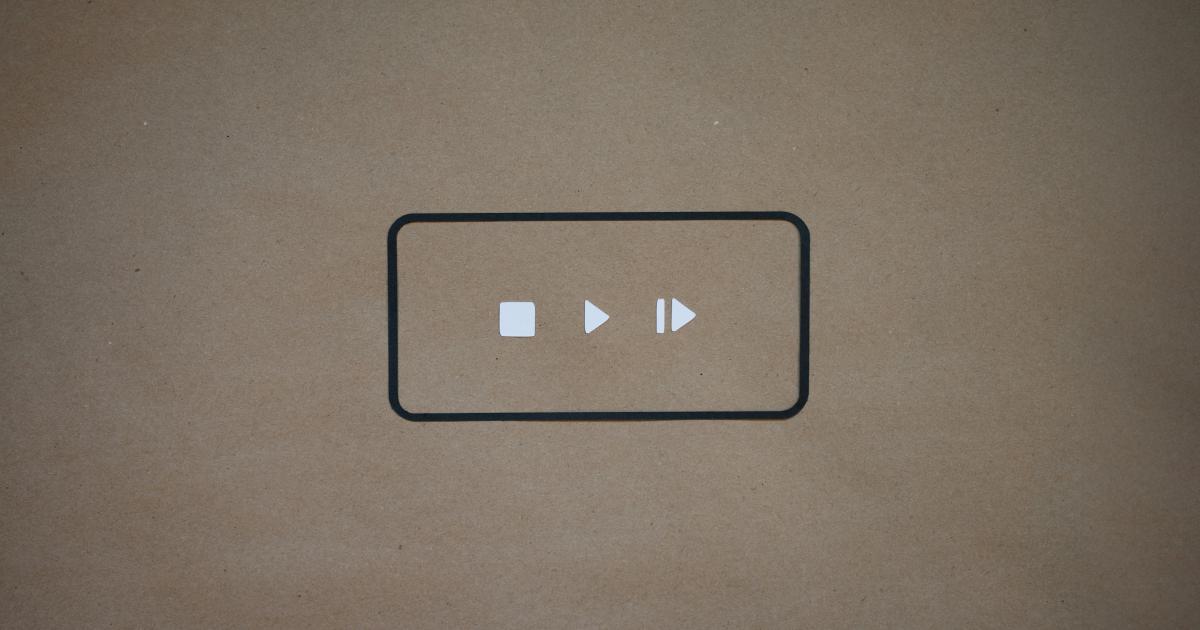
Example 3: Enhancing Video CTA Performance
A marketing agency was tasked with improving the performance of their client's video content. They conducted an A/B test, comparing two different CTA designs within the video.
Test Variation 1: A CTA button with a generic "Learn More" call-to-action. Test Variation 2: A CTA button with a more specific and action-oriented call-to-action, such as "Shop Now" or "Download the Ebook."
The results showed that the second variation, with the more specific CTA, had a 32% higher conversion rate. The agency then implemented the winning CTA design across the client's video content, leading to a significant increase in leads and sales.

These real-world examples demonstrate the tangible benefits of conducting A/B tests for video content. By systematically testing and optimizing various elements, organizations can make data-driven decisions that drive improved engagement, conversions, and overall marketing success.
Conclusion
In the ever-evolving world of digital marketing, A/B testing has become an essential tool for optimizing video content. By adopting a systematic approach to testing and analyzing different elements of your video assets, you can gain valuable insights that inform your content strategy and drive tangible business results.
Remember, successful A/B testing for video content requires a well-defined process, a focus on the right metrics, and a commitment to continuous optimization. By following the best practices outlined in this guide and applying the insights gained from your tests, you can consistently enhance the performance of your video content and stay ahead of the competition.
Embrace the power of A/B testing and unlock the full potential of your video marketing efforts. Start optimizing your video content today and watch your engagement, conversions, and overall impact soar.